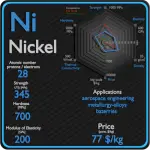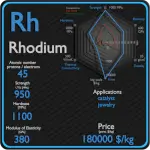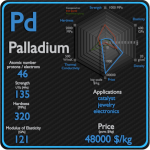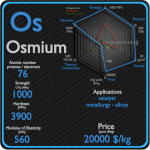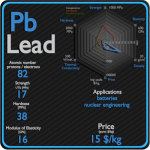This article contains comparison of key thermal and atomic properties of platinum and gold, two comparable chemical elements from the periodic table. It also contains basic descriptions and applications of both elements. Platinum vs Gold.

Platinum and Gold – About Elements
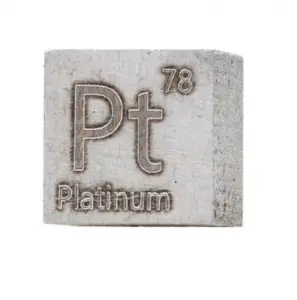
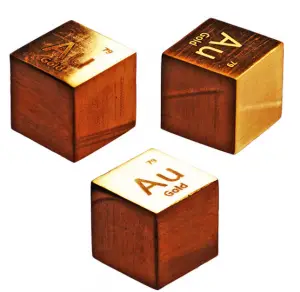
Source: www.luciteria.com
Platinum and Gold – Applications
Platinum
Platinum is primarily an industrial metal. It is a critical material for many industries and is considered a strategic metal. Platinum is used as a catalyst, platinum is mostly found in vehicle catalytic converters that reduce toxic exhaust chemicals, and also in fuel cells to increase efficiency. The most common use of platinum is as a catalyst in chemical reactions, often as platinum black. In catalytic converters, platinum allows the complete combustion of low concentrations of unburned hydrocarbons from the exhaust into carbon dioxide and water vapor. Platinum has been used in thermocouple devices that measure temperature with high accuracy. Platinum is a component in magnetic coatings for high-density hard disk drives and some of the newer optical storage systems.
Gold
Gold is used extensively in jewellery, either in its pure form or as an alloy. About 75% of all gold produced is used in the jewelry industry. Pure gold is too soft to stand up to the stresses applied to many jewelry items. Craftsmen learned that alloying gold with other metals such as copper, silver, and platinum would increase its durability. The term ‘carat’ indicates the amount of gold present in an alloy. 24-carat is pure gold, but it is very soft. 18- and 9-carat gold alloys are commonly used because they are more durable. Gold’s high malleability, ductility, resistance to corrosion and most other chemical reactions, and conductivity of electricity have led to its continued use in corrosion resistant electrical connectors in all types of computerized devices (its chief industrial use). Gold is also used in infrared shielding, colored-glass production, gold leafing, and tooth restoration. Only 10% of the world consumption of new gold produced goes to industry, but by far the most important industrial use for new gold is in fabrication of corrosion-free electrical connectors in computers and other electrical devices.
Platinum and Gold – Comparison in Table
| Element | Platinum | Gold |
| Density | 21.09 g/cm3 | 19.3 g/cm3 |
| Ultimate Tensile Strength | 150 MPa | 220 MPa |
| Yield Strength | 70 MPa | 205 MPa |
| Young’s Modulus of Elasticity | 168 GPa | 79 GPa |
| Mohs Scale | 3.5 | 2.75 |
| Brinell Hardness | 400 MPa | 190 MPa |
| Vickers Hardness | 550 MPa | 215 MPa |
| Melting Point | 1772 °C | 1064 °C |
| Boiling Point | 3827 °C | 2970 °C |
| Thermal Conductivity | 72 W/mK | 320 W/mK |
| Thermal Expansion Coefficient | 8.8 µm/mK | 14.2 µm/mK |
| Specific Heat | 0.13 J/g K | 0.128 J/g K |
| Heat of Fusion | 19.6 kJ/mol | 12.55 kJ/mol |
| Heat of Vaporization | 510 kJ/mol | 334.4 kJ/mol |
